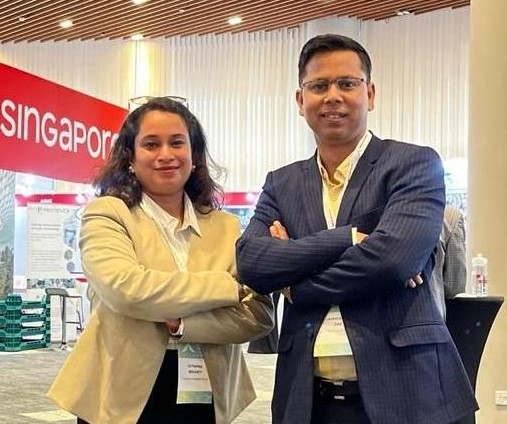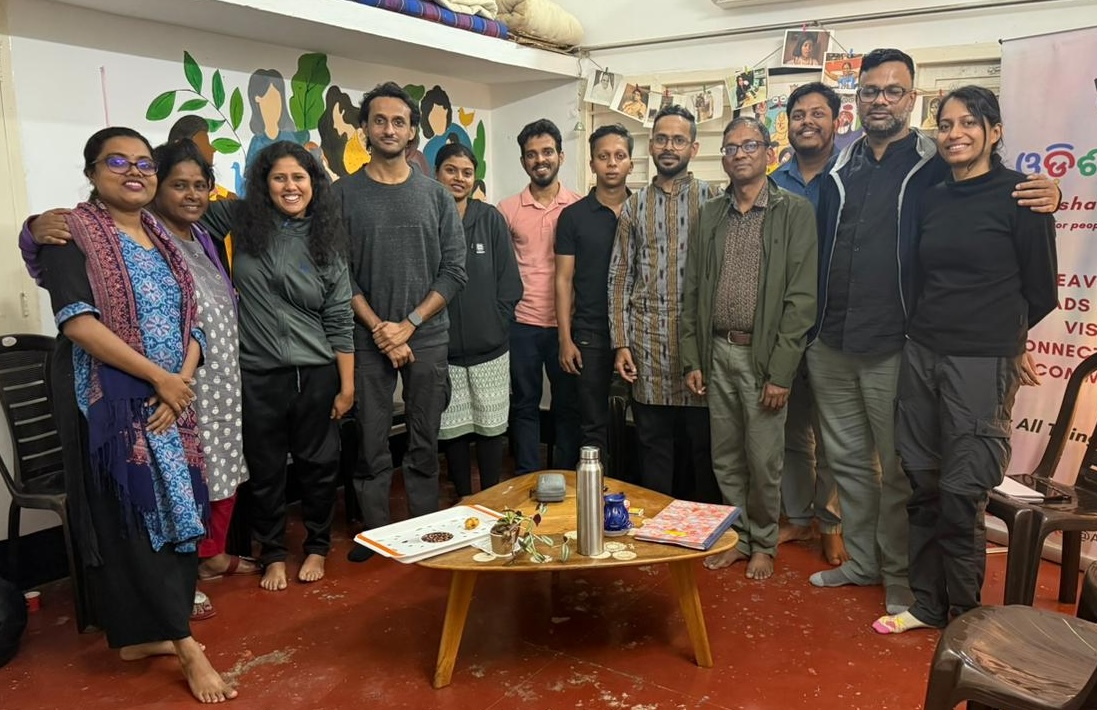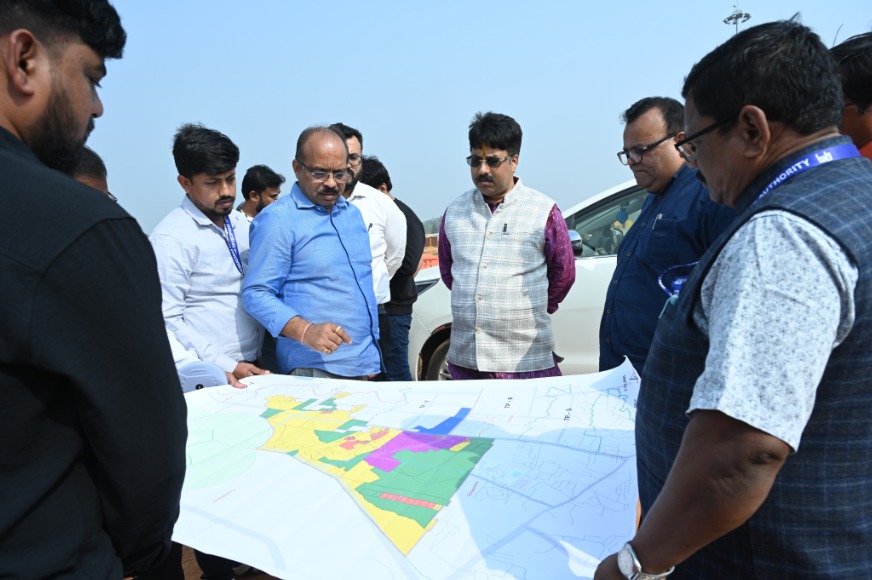New Delhi: A recent Discussion Paper by NITI Aayog reveals a remarkable achievement in poverty alleviation in India, with 24.82 crore people escaping multidimensional poverty between 2013-14 and 2022-23. Released by Prof Ramesh Chand, Member, NITI Aayog, and Shri B. V. R. Subrahmanyam, CEO NITI Aayog, the paper credits significant government initiatives addressing various dimensions of poverty.
The Discussion Paper relies on the Multidimensional Poverty Index (MPI), a comprehensive measure that goes beyond monetary aspects to assess poverty. According to the findings, India witnessed a substantial decline in multidimensional poverty from 29.17% in 2013-14 to 11.28% in 2022-23, indicating a reduction of 17.89 percentage points. Uttar Pradesh, Bihar, Madhya Pradesh, and Rajasthan registered the largest declines, with 5.94 crore, 3.77 crore, 2.30 crore, and 1.87 crore people escaping multidimensional poverty, respectively.
The pace of decline in the poverty headcount ratio was notably faster between 2015-16 and 2019-21 (10.66% annual rate of decline) compared to the period from 2005-06 to 2015-16 (7.69% annual rate of decline). All 12 indicators of MPI showed significant improvement during the entire study period. The paper used projected estimates to assess poverty levels in 2013-14 against the current scenario (2022-23) due to data limitations for those specific periods.
The transformative initiatives addressing various dimensions of poverty played a crucial role in helping individuals escape multidimensional poverty over the last nine years. India is on track to achieve its Sustainable Development Goal (SDG) target of halving multidimensional poverty well before 2030. The government’s persistent dedication to enhancing the lives of the most vulnerable and deprived has been instrumental in this accomplishment.
Notable government initiatives include Poshan Abhiyan and Anemia Mukt Bharat, improving access to healthcare and decreasing deprivation. The Targeted Public Distribution System under the National Food Security Act, one of the world’s largest food security programs, covers 81.35 crore beneficiaries. Recent decisions, such as extending free food grain distribution under Pradhan Mantri Garib Kalyan Anna Yojana for another five years, underscore the government’s commitment.
Other programs addressing maternal health, clean cooking fuel distribution through Ujjwala Yojana, improved electricity coverage via Saubhagya, and transformative campaigns like Swachh Bharat Mission and Jal Jeevan Mission have collectively elevated living conditions and overall well-being. Flagship programs like Pradhan Mantri Jan Dhan Yojana and PM Awas Yojana have played pivotal roles in financial inclusion and providing safe housing for the underprivileged.
While performance varies among states, those traditionally facing high poverty rates have made significant progress, reducing inter-state disparities in multidimensional poverty. This progress contributes to resolving fundamental problems in accessing basic services, paving the way for India to achieve the vision of becoming a developed nation, Viksit Bharat @2047.





